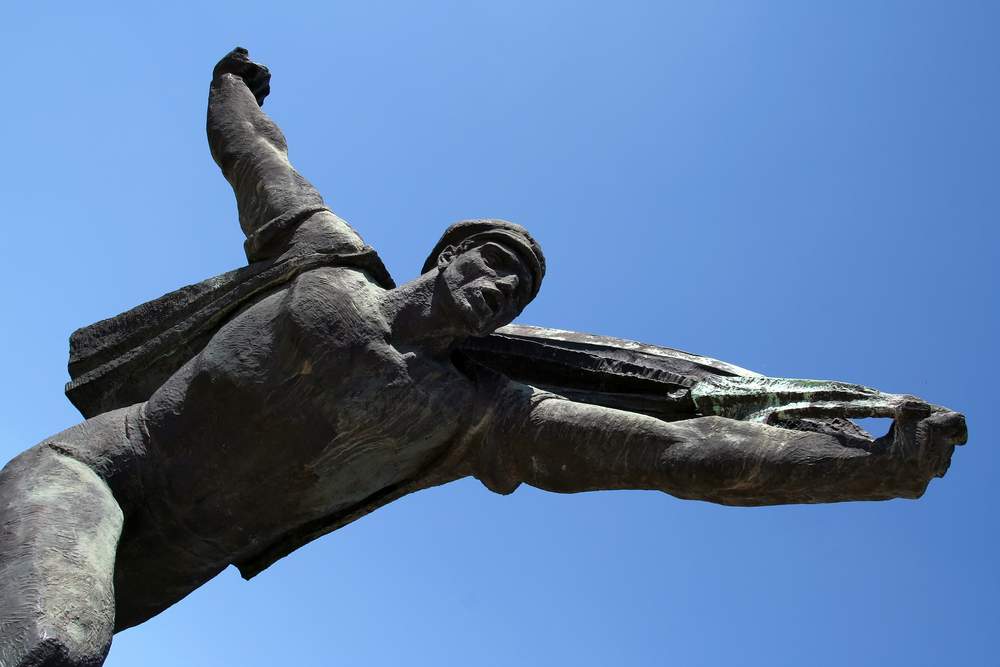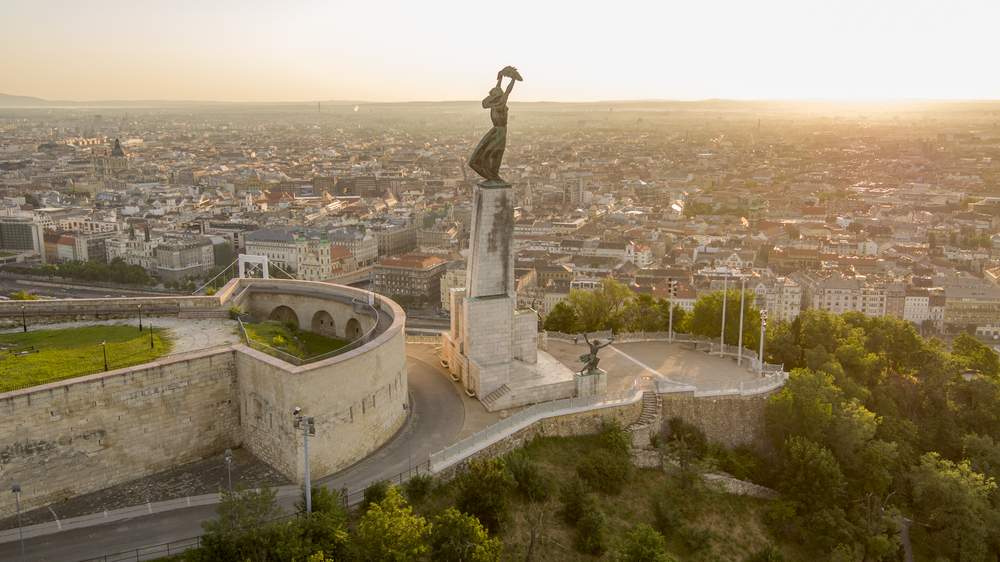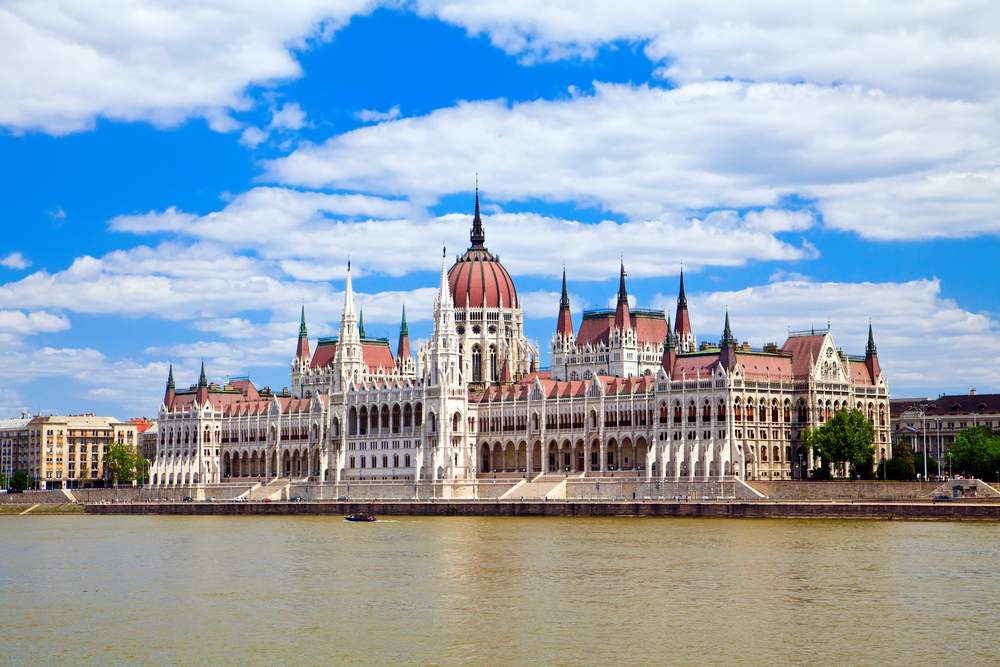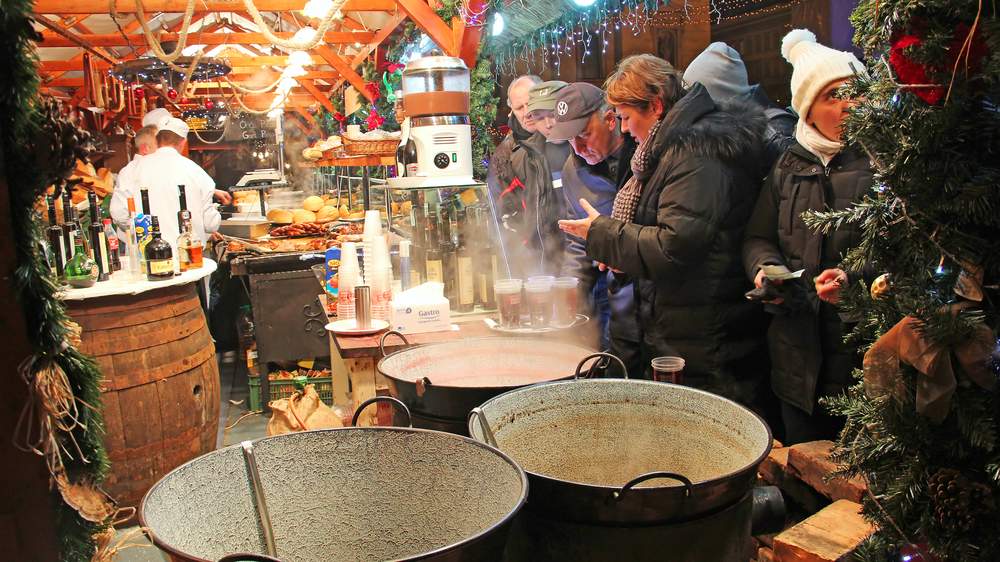While Western Europe certainly has no lack of iconic cities popular with travelers, when people talk about Eastern Europe,
Prague comes up more often than other cities. While Prague is beautiful and well-worth a visit, its increasing popularity has driven prices up and turned it into a sort of beer theme park.
For a less-touristy trip, try Budapest on for size. This Eastern European city is as elegant (if not more so) than Prague, and though prices are also on the rise, you can still enjoy its charms on a reasonable budget. Intrigued? Check out eight reasons why you should visit Budapest now.
History

If you enjoy getting in touch with a country’s past while traveling, then you’ll certainly not be bored in Budapest. Hungary has a long and varied history and its capital has excellent museums where you can immerse yourself in it. The two most comprehensive history museums in Budapest are the
Budapest History Museum and the
Hungarian National museum. Both have collections spanning approximately 2000 years of Hungarian history. Having said that, if you’re short on time and money, the Budapest National Museum is the best choice.
“…continue on to the House of Terror and the Holocaust Memorial Centre for a chilling journey into the atrocities committed during World War II and the subsequent Soviet occupation.”
For those more interested in the events of the last century or so, start by visiting the House of Hungarian Photographers for a glimpse of life in Budapest captured in timeless black and white images, then continue on to the House of Terror and the Holocaust Memorial Centre for a chilling journey into the atrocities committed during World War II and the subsequent Soviet occupation.
Finish with a visit to Memento Park, where the Communist statues built by the Russians were moved en masse after the end of the occupation. Be aware though that unless you have some information about the story behind each statue (the park has no signs set up), the place will have the look of an uninspiring collection of slightly-weathered statues.
Hills

While you might want to climb Castle and Gellert Hill just to take in the city in all its sweeping glory, a trip to these two spots in Budapest will end up being much more than that. Castle Hill is a truly magnificent sight: you could spend a day here just exploring. You’ll discover a pretty fountain or statue, a building with colorful roof tiles, or a house so exquisite you’ll just have to stop and take a picture around every corner.
“Just make sure you make the trip on a clear day, or you won’t see a thing from this height.”
Start your visit here with a good spin around the Royal Palace complex, where you can also explore the National Szechenyi Library, the Hungarian National Gallery and the Budapest History Museum. Then go take in a truly special view of Budapest from the quirky Fishermen’s Bastion, right beside Matthias Church which you can enter for a fee to see the mummified hand of King Stephan, or simply admire the building from outside (for free) for its beautiful tiled roof.
Gellert Hill is more of a hike because of its steepness and the number of stairs and ramps you have to climb to reach the top. But when you do, you’ll be rewarded by a striking view from under the shelter of Lady Liberty’s giant palm leaf. Just make sure you make the trip on a clear day, or you won’t see a thing from this height.
Art and architecture

While parts of Budapest can seem a little bit raw and ill-maintained, it’s not difficult to see the city’s beauty beneath even the thickest layer of dirt or graffiti. This is because central Budapest is blessed with so many examples of neoclassical and secessionist architecture that all you need to do to be wowed is to wander around and keep your eyes open. For some architectural eye-candy, sign yourself up for a tour of Parliament (there’s a discount for EU citizens) and one of the Hungarian State Opera, then take a walk along UNESCO-protected Andrassy Street.
“For some architectural eye-candy, sign yourself up for a tour of Parliament.”
If you opt for a trip to the zoo, you’ll find yourself thinking that the highlight of this visit is not the animals but rather the extravagant buildings in which they are housed. The interiors of the House of Hungarian Photographers, the Hungarian National Museum and the Basilica of Saint Stephen are also visually stunning. Finally, if you’re really into Art Nouveau interior design, don’t leave without visiting the Bedo House, whose eye-catching exterior is only the prelude to the fantastic three floors inside which are packed full of home decorations and furnishings from the Secessionist period.
Baths

Whether you’re looking for a warm retreat during the freezing winter or a cooling pool to splash about when the temperature rises in summer, a day at one of Budapest’s baths will take care of whatever ails you. Baths in Budapest offer a complete selection when it comes to spas. There are thermal baths, cold pools for swimming and saunas for relaxing. Many are architecturally beautiful and unique, which adds to the experience.
“Don’t forget a towel, slippers, and a swimsuit, as renting these adds to the expense.”
At the Gellert Baths you can swim under an impressive glass dome. At Rudas baths you’ll remember that Hungary was once under Turkish occupation, and a visit to the Szechenyi Baths just may be the highlight of your trip if you go there at night and soak in the outdoor thermal pool under the stars.
Remember that not all baths are always open to both sexes, and that admission prices aren’t cheap, so you should visit early to make sure you can spend a good amount of time or even a whole day there. Don’t forget a towel, slippers, and a swimsuit, as renting these adds to the expense.
Beer gardens and cafes
In the winter you’ll often find yourself desperately seeking a warm corner to escape the chill outside in Budapest. Happily, the Hungarian capital has no lack of elegant and cozy cafes where you can enjoy a coffee or a hot chocolate accompanied by a slice of something sweet. The posh Gerbeaud Cafe is pricey by local standards but is worth every penny because of its lavish interior. Ballettcipo is a more intimate option for drinks right by the opera house, and the New York Cafe, dating from 1895, is great if you’re looking for an aesthetically pleasing experience with your cup of coffee.
In summer, outdoor ‘kertek’ or ‘Gardens’ open around the city and are best for a glass of beer or wine, both cheap, good and plentiful.
Markets

If you really want to brave the elements and visit Budapest in winter, time your visit for shortly before Christmas when otherwise grim streets turn into a flourish of sparkles and decorations. Most importantly, you’ll be able to catch the magical Christmas Market which is held at Vorosmarty Square from the first day of Advent.
“While there’s no doubt that the whole thing is aimed at foreigners, the wares on offer aren’t generally tourist kitsch, but rather traditional decorations and crafts. “
After a freezing day of sightseeing, you’ll find all your cold-related grumpiness melts away at the sight of so many exquisite locally-made objects and the smell of sausages, roasted meat and mulled wine. While there’s no doubt that the whole thing is aimed at foreigners, the wares on offer aren’t generally tourist kitsch, but rather traditional decorations and crafts.
Nagycsarnok also has a reputation for being a tourist trap, but it’s where to buy all those tasty Hungarian treats, including the bright red salami you see in every picture of Hungary. You’ll also find food-related souvenirs in pretty packages to take back home, like paprika, pickles, cheeses and preserves.
The closest you’ll get to an authentic local market experience is at the city park flea market, where anything from junk to antiques is put up for sale. Whether you buy something or not is almost beside the point, as the fun lies in wandering around and checking out what’s on offer as well as the local characters offering it.
Food
Hungarian food has often been criticized for its lack of vegetarian options, but who can blame the locals? Meat protein is considered essential for the long cold winters, as are the frequent glasses of mulled wine available around the city from little stands. You might at first feel a bit intimidated by dishes of ‘meat served with meat’, but you’ll quickly realize what great comfort food Hungarian fare is. The plus side of such a meat-centered cuisine is that beef steak and duck won’t cost you a fortune (unless they are eaten in top-end restaurants or restaurants specifically aimed at tourists).
“You might at first feel a bit intimidated by dishes of ‘meat served with meat’, but you’ll quickly realize what great comfort food Hungarian fare is.”
Side dishes are commonly potatoes, bread and sauerkraut, and portions in places other than fancy restaurants are large. Hopefully, you’ll still have space left for dessert after your substantial Hungarian meal – palacsinta (pancakes) and Galuska (sponge cakes) are common on restaurant menus, and a myriad of other types of cakes can be found at the many cafes around the city.
Public Transportation
Before you have a mini panic attack about the appearance of public transport vehicles in Budapest, hold on and remember that, yes, they’re old and not always perfectly clean, but the whole system is efficient and reliable, and when compared to countries like
Iceland, the U.K. and Switzerland, getting around is cheap. This fact should cheer you up when you see buses with people crammed like sardines inside them, and you might as well just lighten up and see it as a bit of travel fun.
“…take a trip on Line 1, now a UNESCO protected site due to its status as the second-oldest metro system in the world.”
If the buses don’t look appealing, you can reach most of the city’s main attractions via metro. For a historic ride, take a trip on Line 1, now a UNESCO protected site due to its status as the second-oldest metro system in the world. The stations along this line are really delightful, with little extra flourishes like iron supporting beams disguised as Corinthian columns.
Trams are also great if you want to keep yourself above ground, and from Budapest, you can also take the opportunity to travel further afield in Hungary on affordably-priced trains. Consider a visit to Lake Balaton, Heviz’s thermal spas and pools, or Pecs. Traveling even further, to Bratislava or Vienna, is also surprisingly affordable and can be cheaper than flying.
Ready to read more about Hungary?
Travel tips for Budapest
Hungary Travel Guide
Photo Credits: Shutterstock, Andrew Mayovskyy /Shutterstock.com, VanderWolf Images /Shutterstock.com, Drone Media Studio /Shutterstock.com, Anna Lurye /Shutterstock.com, Brian Kinney /Shutterstock.com, karnizz.




